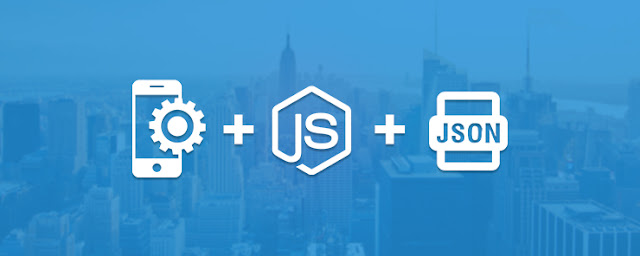laravel Tutorial for Beginners - Step by Step Learning
This tutorial includes the basic
introduction to Lavarel, its benefits and features, and we will learn about the
Laravel, which is a PHP framework.
If you are a absolute beginner and want to
learn laravel form the beginning then here, we are providing the full laravel tutorial for
beginners.
With this Laravel tutorial, my aim is to build a guide for those just learning Laravel. This guide will take you through a real deployable application from the very beginning of an idea.
Pre-requisites for Laravel
Before proceeding further with this tutorial, you need to be familiar
with the following concepts.
·
HTML and CSS
·
Core PHP and Advanced PHP
·
Web application development using PHP
and MySQL
· MVC architecture (we have already covered some basics of MVC architecture in this tutorial)
Around 2000, the majority of PHP codes
were manual and could be contained in the form of "scripts" with a
tangled spaghetti code mess. Also in the simplest pages, there was no distinction
of concerns, and so it was fairly easy for an application to turn into a
maintenance nightmare easily. Join PHP version 5 and a number of PHP modules
seeking to provide various web application problems with some much-needed
resolution and better solutions. The world needed a better thing.
An open-source web MVC framework is
Laravel for PHP. With features such as a flexible packaging system with a
dedicated dependency manager, access to relational databases, and other
application deployment and maintenance utilities, Laravel is a comprehensive
platform that makes PHP web applications easy to create.
This guide was developed to get you
started developing your app, and you can use it as a building block to learn
the skills you need to grow your app. I recognize that it contains a lot of
features and it can be overwhelming if you are not familiar with the system.
A route in Laravel is essentially a
URI-specified endpoint that acts as a "pointer" to some of the
application's functionality. Very frequently, on a controller, a route clearly
points to a method and also determines which HTTP methods should hit the URI. A
route also does not necessarily imply the controller method; it could just
transfer the application execution to a given closure or anonymous function.
I will definitely agree, from my
experience with the framework, that Laravel hits these three points dead-on:
·
Simple
- it is easy to understand and incorporate the functionalities of Laravel. If
you like how quick and basic CodeIgniter is, then Laravel will love you.
·
Elegant
- most of the functions of Laravel run with very little configuration smoothly,
depending on industry-standard conventions to reduce code-bloat
·
Well-documented -
The documentation from Laravel is complete and still up-to-date. Until
launching a new version, the system developer makes it a priority to update the
documentation, meaning that individuals who are learning the framework already
have the current documentation. Simple - The functions of Laravel are simple to
understand and implement.
Read More: Ajax Tutorial,
A Complete Guidance With Us

Comments
Post a Comment